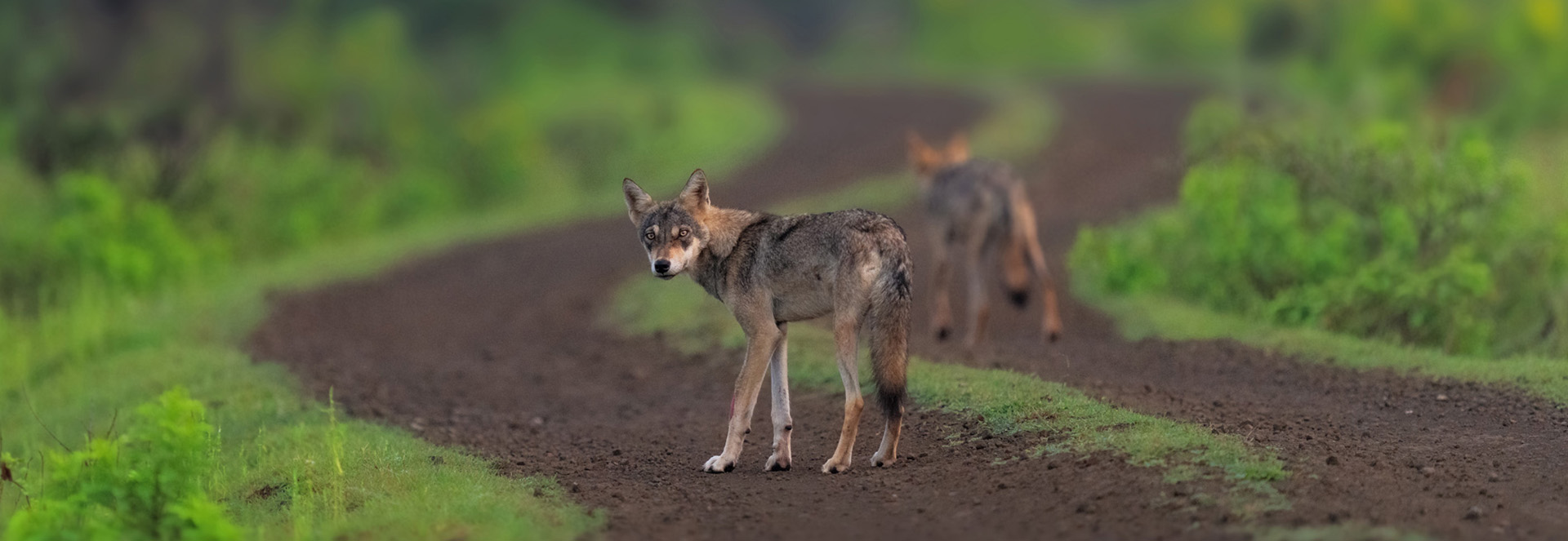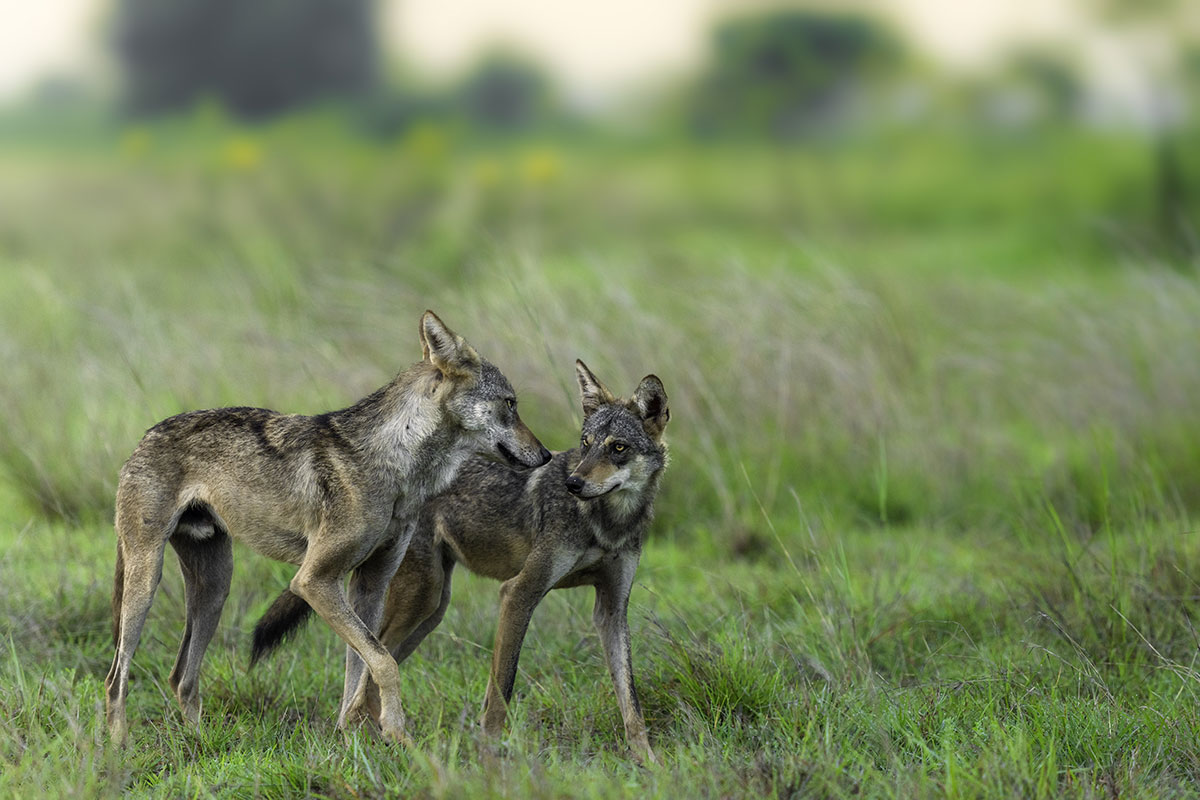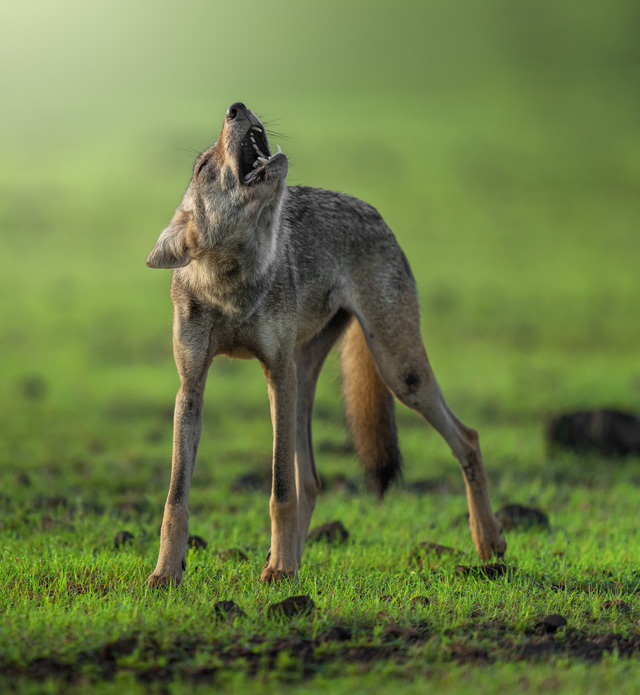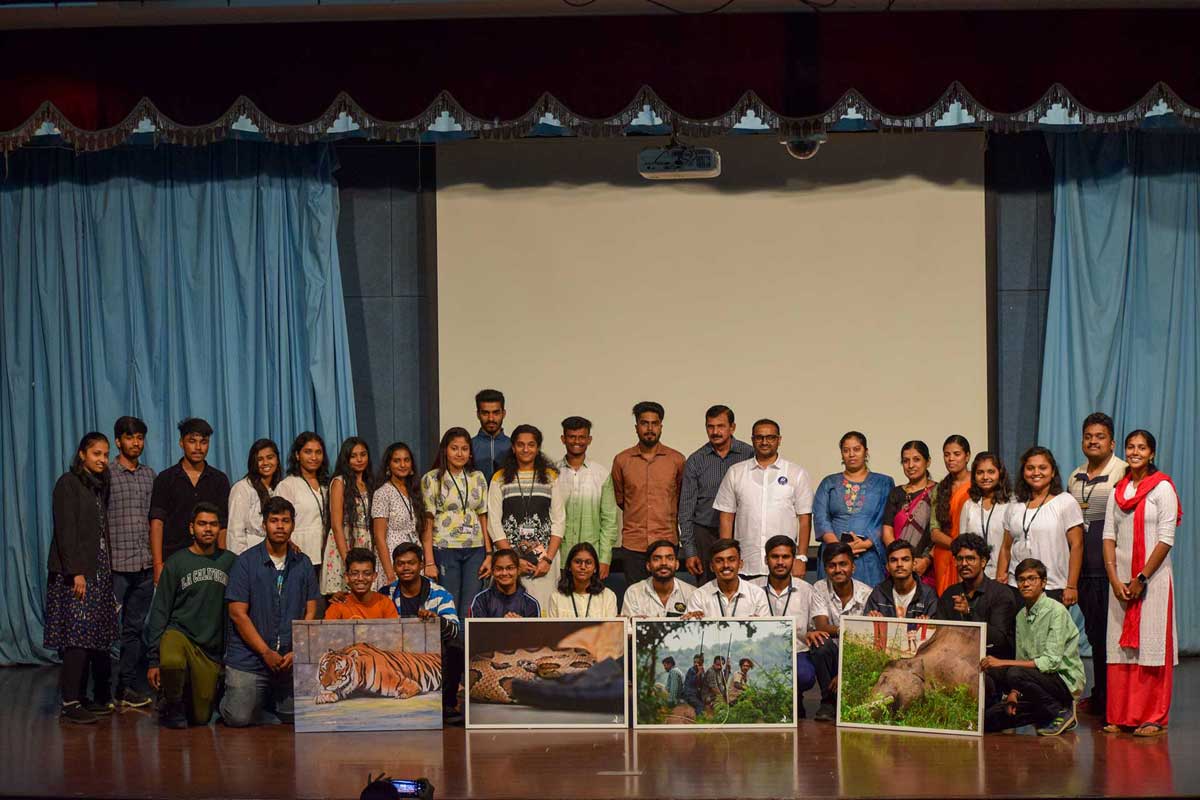Dwindling Indian Grey Wolves by Anupam Thombre

The Indian Grey Wolves are facing difficulties in order to survive!
The Indian Grey Wolves (Scientific name: Canis lupus pallipes) is an alpha predator mainly found in scrublands and flatlands on the peripheries of small towns and cities. They depend mainly on small animals in the food chain, like rabbits, hares, rats, rodents and if opportunities prevail, a variety of livestock species like goats or sheep grazing in the scrublands.
This species is highly threatened as a result of unsecured access to open pastures and flatlands, human settlements near the habitat and livestock owners.

The Indian Grey Wolves (Scientific name: Canis lupus pallipes) is an alpha predator mainly found in scrublands and flatlands on the peripheries of small towns and cities.
They depend mainly on small animals in the food chain, like rabbits, hares, rats, rodents and if opportunities prevail, a variety of livestock species like goats or sheep grazing in the scrublands.

This species is highly threatened as a result of unsecured access to open pastures and flatlands, human settlements near the habitat and livestock owners.
Many a times it is observed that Wolf den openings are blocked with large boulders, sticks and sometimes chemicals are pumped down into the dens.
This is to eradicate the entire pack from those dens. Traps are set in scrublands and farms to catch or kill wolves to save livestock. Earlier wolves were found in packs of 15-20 individuals led by an alpha; now the pack size has reduced to 3-6 individuals.
Since the habitat of wolves overlaps with human settlements, it is the responsibility of the Forest Department to declare the regions protected and restricted.
A great way to increase awareness about the importance of wolves in these settlements is to spread information about them and to make residents aware of their importance for the protection of the ecosystem against wild-boars, deer, and other uninvited farm destroying animals.


Anupam Thombre
Wildlife PhotographerA wildlife and commercial photographer, passionately following his heart to teach and lead young budding photographers the art of correcting and beautifying the photos after capturing them.
He believes that the human eye is the most complex camera and the photographer should be able to represent exactly what he saw. With 5+ international publications under his name, he is setting strong and healthy example of Fine Photography !



